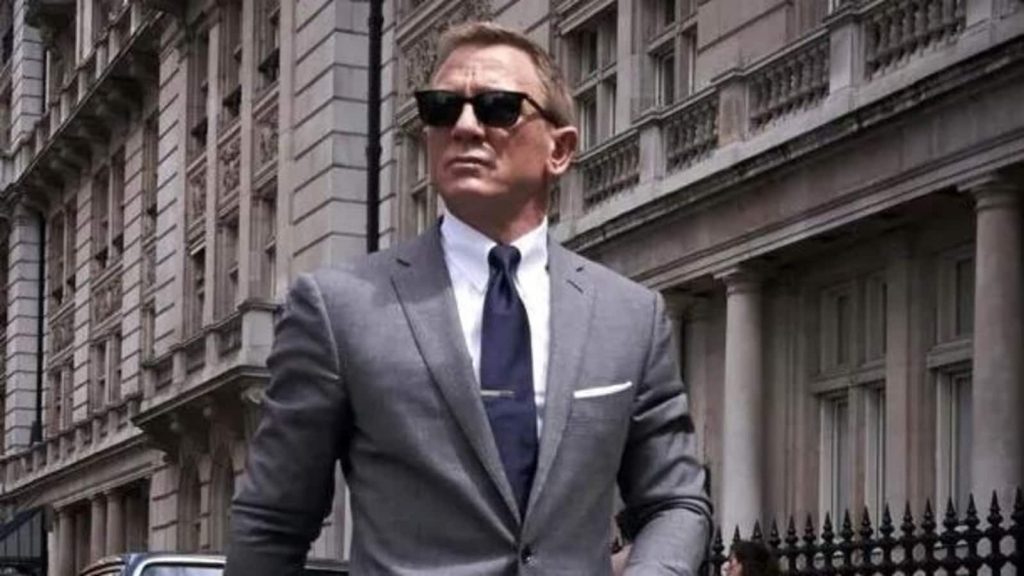Veteran James Bond screenwriters have revealed some of the techniques for crafting 007’s catchy dialogue.
In a rare interview, Neal Purvis and Robert Wade discussed their collaborative career bringing James Bond to life, frequently working with another writer to give their ideas “a gloss” for the British Film Institute (BFIcommemoration )’s of the screen spy’s 60th birthday.
The World is Not Enough, the third movie in the franchise to star Pierce Brosnan, was the pair’s first appearance as James Bond. American author Bruce Feirstein continued the work at that time. Later, Paul Haggis was allowed to complete Casino Royale, Daniel Craig’s directorial debut. Phoebe Waller-Bridge, the star of Fleabag, was approached to join the cast of the epic No Time to Die last year.
Purvis told the BBC in London, “It’s farewell Rob and Neal after we’ve completed our job on the screenplay.” “Paul Haggis took over, for instance, with Casino Royale. John Logan handled Skyfall, although he always collaborated with the director.
Even though Daniel Craig hadn’t been cast when they first put pen to paper, the pair’s 15-year cooperation with him as 007 allowed them to develop a complicated story. Purvis clarified:
Accordingly, we wrote our plot without having an actor in mind and instead drew inspiration from Ian Fleming’s original Casino Royale novel, which was released in 1953. We tried our best to write the narrative exactly as he had imagined it. Then Daniel played the part, and naturally with time we got to see what Daniel was capable of.
“Daniel’s Bond could possess the fortitude, tenacity, and boldness that Pierce possessed before him. However, the real dramatic moments varied, therefore the conversation always changed. The tone altered as soon as Casino Royale came out.
On this anniversary of the release of Dr. No in 1962, which starred Sean Connery in the title role, the duo was questioned about what made that first Bond movie unique and the start of a 60-year series.
Connery had a magnetic presence, Wade agreed, but he continued: “There are other fairly fundamental aspects, like the editing. It’s difficult to recall how groundbreaking the editing was at the time; it fundamentally altered the way a particular type of picture was produced.
The colors, the cutting, the cinematography, the settings, and of course the fantastic music still jump off the screen at you when you see Dr. No today.
